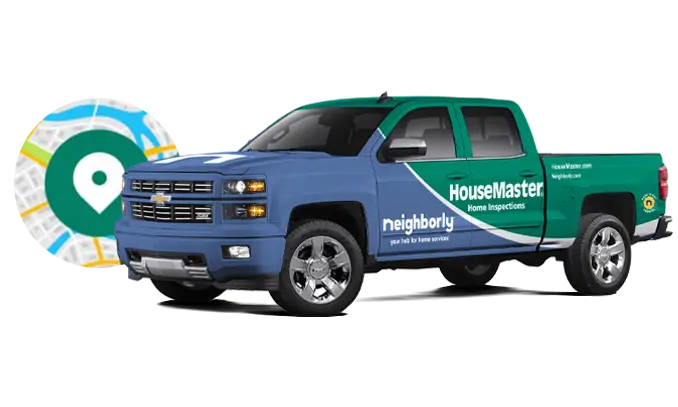 Regularly checking your home for maintenance needs throughout the year is the best way to keep your home safe and prevent the need for costly emergency repairs. But fall is one time of year when a thorough systematic inspection is really needed to make sure your home has weathered the summer heat and is ready to withstand the cold and/or storms of the winter months.
Regularly checking your home for maintenance needs throughout the year is the best way to keep your home safe and prevent the need for costly emergency repairs. But fall is one time of year when a thorough systematic inspection is really needed to make sure your home has weathered the summer heat and is ready to withstand the cold and/or storms of the winter months.
Here is a brief checklist to guide you through some basic tasks before it is too late to properly and effectively perform repairs:
GROUNDS
- Check window wells, dry wells and storm drains for debris or blockage.
- Repair any driveway cracks and/or heaved or settled walkways.
- Trim all trees and shrubs, particularly any too close to the house.
- Check (ideally during a rainstorm) that all rainwater drains away from the foundation.
- Clean and put summer furnishings away.
- In areas subject to freezing temperatures, drain and store garden hoses and shut off and drain hose bibs (unless frost-free faucets have been properly installed).
EXTERIOR OF HOUSE
- Check the weather tightness of all exterior surfaces and components.
- Caulk and seal all joints in the siding, around windows and doors.
- Check for deterioration of painted or finished areas. If too late for a full paint job, touch up bare wood surfaces with a primer and at least one finish coat.
- Check and seal any foundation cracks.
- Repair or improve weatherstripping at exterior doors and windows as needed.
- Reset storms and screens where required. Check window sills for signs of water damage.
- Look for any signs of insect or pest activity, particularly at the foundation areas and any wood components close to the ground.
- Check stairs and rails for condition and sturdiness.
- Make sure shrubs or mulch does not block any air intake or exhaust vents for heating or ventilation systems.
- Check for damage to lighting fixtures. Test Ground-Fault Circuit Interrupter (GFCI) receptacles using the built-in test button.
ROOF (Use binoculars or hire a professional.)
- Check for loose, damaged or missing roofing.
- Check eave areas for signs of moisture build-up or damage.
- Check the condition of the chimney and roof vents.
- Check flashings for signs of lifting or damage and repair or seal as needed.
- Check and clean all gutters (eavestroughs) and downspouts.
ATTIC
- Check for signs of roof leakage, particularly at chimneys, vents and valley areas.
- Check ventilation openings for nests or other blockages.
- Check the position and condition of insulation for uniform coverage.
- Look for any signs of excessive moisture buildup, such as mildew or discoloration on the underside of the roof.
INTERIOR ROOMS
- Check all areas for signs of roof or plumbing leakage.
- Have any fireplaces or wood stoves and flues checked and professionally cleaned.
- Reset automatic timers for the change in daylight hours.
- Check all smoke and carbon monoxide detectors. Replace batteries if over a year old. Replace units over seven years old.
- Test Ground-Fault Circuit-Interrupters (GFCI) in bathroom and kitchen areas.
- Clean or vacuum radiators or air distribution and return grilles.
HEATING/COOLING SYSTEMS
- Clean all elements of the cooling system.
- Remove (or winterize) room air conditioners. Check window sill areas for water damage.
- Follow manufacturer instructions for the start-up maintenance of your heating system.
- Change or clean heating system filters on warm air systems (now and regularly).
- Check heating and cooling systems for any evidence of water leaks.
- Check condensate drains and pumps on heating and cooling equipment for any signs of blockage.
- Clean and test the humidifier, if present,
- Check the heat recovery ventilator filters and ductwork, if present,
- Have your heating and cooling systems serviced annually by a qualified serviceperson to keep them functioning properly and efficiently.
Plumbing
- Drain or insulate water lines that are subject to freezing.
- Check the condition and temperature setting of the water heater. Follow the manufacturer’s recommendations for the temperature setting.
- Check the plumbing system and fixtures for any evidence of water leaks or blocked drains.
- Confirm proper operation of any sump pumps and free flow of water from the drain line.
Note: These tips are only general guidelines. Since each situation is different, contact a professional if you have any questions about a specific issue. More home safety and maintenance information is available online at www.housemaster.com.
